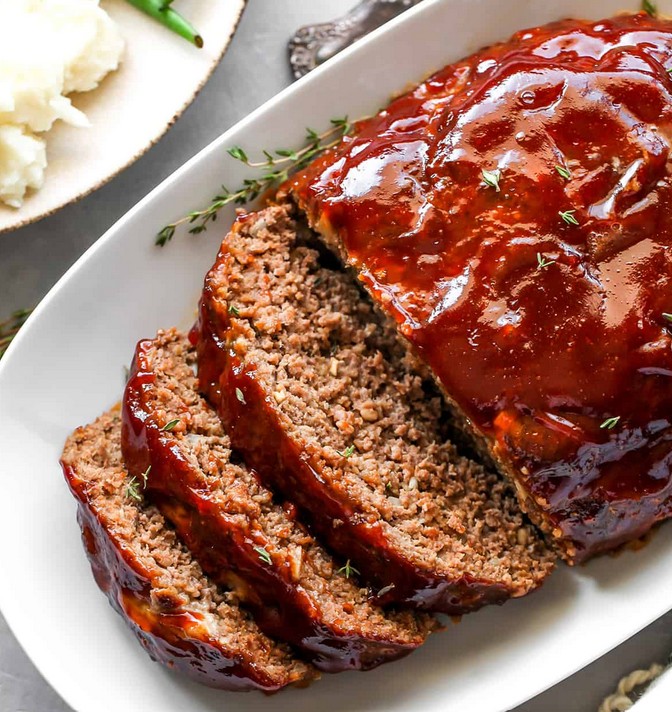When it comes to staying sharp as we age, many of us are turning to brain-training apps and online puzzles. From Sudoku to memory match games, these tools promise to keep your mind young. But do they really work—especially for older adults or people with obesity-related cognitive concerns?
The Rise of Brain Games
Apps like Lumosity, Elevate, and BrainHQ are wildly popular with older adults. The pitch is simple: just a few minutes a day will boost memory, attention, and problem-solving. And who doesn’t want that?
For people managing obesity, brain fog can be an additional challenge—especially when combined with the natural aging process. So it’s no surprise these games seem like a smart, low-effort way to fight back.
What the Science Says
Studies show mixed results. Some research finds that brain games do help—but mostly with the specific tasks you practice. So if you’re doing a memory game every day, you’ll likely get better at that game. But whether those improvements translate into real-life memory (like remembering where you put your keys) is still up for debate.
That said, researchers have found that mental stimulation of any kind—puzzles, reading, learning a language—can support long-term brain health. It’s not magic, but it’s helpful.
Why It Might Matter More If You’re Older or Living With Obesity
Cognitive decline can happen faster when multiple factors overlap, like:
-
Age-related changes in brain structure
-
Sleep disturbances (common in both groups)
-
Chronic inflammation linked to obesity
-
Social isolation
Engaging your mind regularly helps offset these risks. Brain games can also promote daily structure, reduce stress, and increase confidence.
How to Get the Most Out of Brain Games
If you’re going to use them, make it count. Here are a few tips:
-
Mix it up: Play different kinds of games—word, logic, reaction time
-
Set a schedule: A few consistent minutes a day is better than a marathon once a week
-
Don’t go it alone: Invite a friend to play with or talk about your progress
-
Stay realistic: Think of brain games as part of your health toolkit, not a cure-all
Other Ways to Boost Brain Health
Looking beyond the screen? Try these alternatives:
-
Physical activity—Even a short walk boosts blood flow to the brain
-
Balanced nutrition—Omega-3s, antioxidants, and hydration matter
-
Sleep hygiene—A rested brain is a sharper brain
-
Creative hobbies—Painting, writing, and music stimulate the mind deeply
Final Thoughts
Brain games aren’t a silver bullet—but they can be a smart part of your brain health plan. For older adults or those living with obesity, mental stimulation is not just fun—it’s essential. So go ahead, tap into that word game. Just make sure you’re also moving, connecting, and nourishing your brain in other ways, too.



